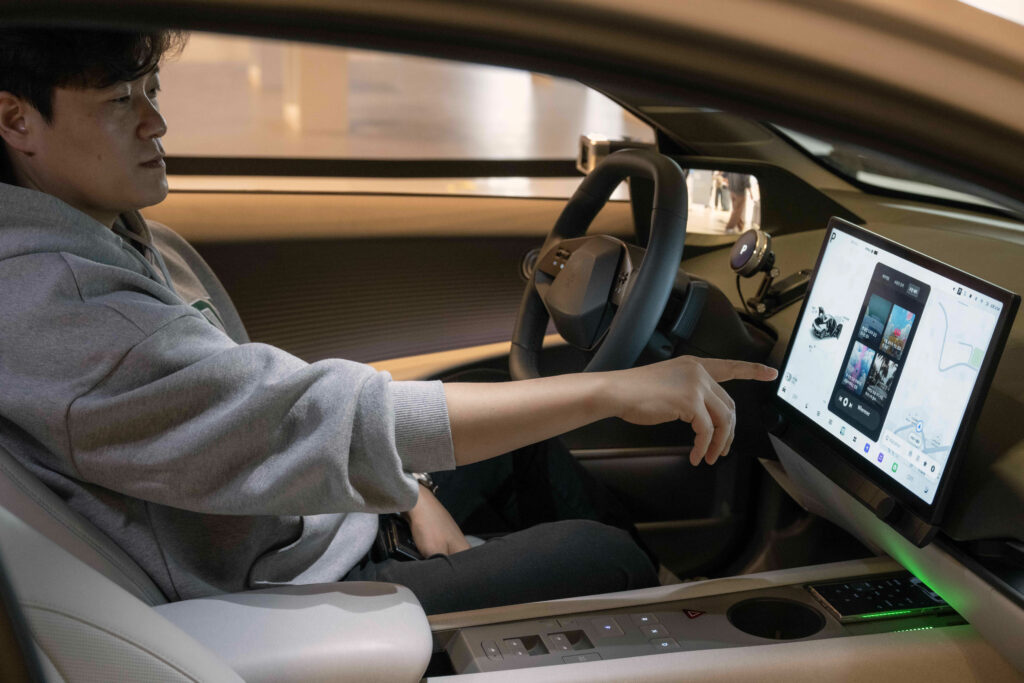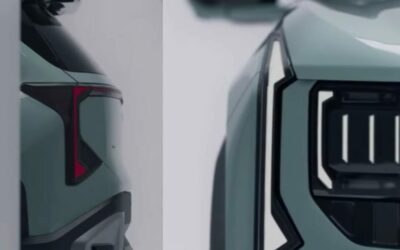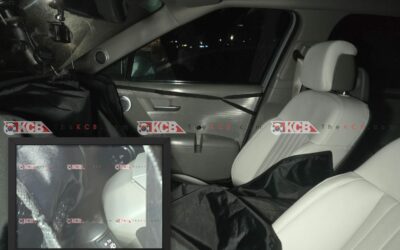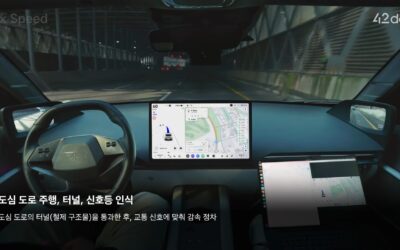Hyundai Motor Group’s Pleos Connect is its latest infotainment innovation, aiming to rival Tesla’s industry-leading system. While both systems prioritize a screen-centric approach, Tesla has faced criticism for removing physical controls, and Hyundai’s infotainment designs have also sparked controversy, especially in Kia models, where the HVAC screen is obstructed by the steering wheel when driving. Let’s compare these two systems and analyze their strengths and weaknesses.
Pleos Connect: Hyundai’s Answer to Tesla’s Minimalism
Hyundai’s Pleos Connect, built on Android Automotive OS (AAOS), is a next-generation infotainment system that offers a smartphone-like experience. It introduces features such as:
- Multi-window UI with split-view and multitasking
- Gleo AI-powered voice assistant for hands-free control
- Pleos ID, a cloud-based user profile accessible across vehicles
- Enhanced app compatibility with an open development ecosystem
Like Tesla, Hyundai is shifting towards an all-screen approach, integrating climate control, navigation, entertainment, and vehicle settings within a centralized digital interface. However, Tesla’s system is more mature, benefiting from years of iterative updates and user feedback.
Tesla’s Infotainment System: A Pioneer in Screen-Only Control
Tesla set the benchmark for minimalist car interiors by eliminating physical buttons and relying solely on a large touchscreen for nearly all vehicle functions. Key features include:
- Massive central display acting as the primary control hub
- Frequent OTA (Over-the-Air) updates introducing new features
- Integrated streaming services and gaming capabilities
- Tesla’s proprietary navigation system with real-time traffic data

Despite these strengths, many users criticize Tesla’s lack of physical climate and volume controls, arguing that touchscreen-dependent interactions can be distracting while driving.
The Screen-Only Controversy: Hyundai vs. Tesla
While both Pleos Connect and Tesla’s infotainment system embrace screen-first interfaces, each faces distinct criticisms:
- Tesla: Users complain that controlling basic functions like climate settings or adjusting wipers requires navigating multiple menus, which can be distracting.
- Hyundai/Kia: Some models, especially from Kia, have been criticized for their HVAC touchscreen placement, which gets hidden behind the steering wheel when driving, making adjustments cumbersome.
While Hyundai’s Pleos Connect aims to improve the in-car experience with AI-powered voice commands and a more customizable UI, it remains to be seen whether it addresses usability concerns better than Tesla’s system.
Which Infotainment System is Better?
| Feature | Hyundai’s Pleos Connect | Tesla’s Infotainment |
|---|---|---|
| OS | Android Automotive OS | Tesla Proprietary OS |
| Physical Controls | Limited (screen-first) | None (screen-only) |
| Voice Assistant | Gleo AI | Tesla Voice Commands |
| Multitasking UI | Multi-window split view | Full-screen interface |
| Updates | OTA updates (AAOS ecosystem) | Frequent OTA updates |
| App Compatibility | Open development platform | Tesla-specific apps |
Final Thoughts: A Step Forward or the Same Mistakes?
Hyundai’s Pleos Connect is clearly inspired by Tesla’s infotainment approach, but with some key differences, like a more customizable UI and better third-party app support. However, both systems face criticism for their lack of physical controls, making certain adjustments cumbersome while driving. Hyundai must ensure that usability and accessibility are prioritized to avoid the pitfalls Tesla has faced.
While Tesla’s infotainment system remains the leader in seamless software updates and ecosystem integration, Hyundai’s Pleos Connect has the potential to challenge it by offering greater personalization and app expansion. The question remains: Will Hyundai learn from Tesla’s missteps, or will drivers face the same frustrations in a different package?





